Monday, 25 March 2024
The Difference Between Diamond Cut and Powder Coated Wheels Explained
Looking for the perfect finish for your alloy wheels? Learn the difference between diamond cut and powder coated wheels in this expert guide.
Introduction
Confusing jargon is rife in the automotive sector. And nowhere more so than in the realm of alloy wheels. Terms like "diamond-cut" and "powder-coated" get thrown around as if everyone knows what they mean.
If you need clarification, this post will help. By the end, you should understand what diamond cutting is, how it differs from regular powder coating, and which is best for you.

Diamond Cut Alloy Wheels
Diamond cutting is an industrial technique that uses diamond-enriched edges to cut metal. Manufacturers infuse flecks into lathes to add strength and prevent dulling.
Professionals use the technique to cut through numerous hard materials, including graphite, copper, brass, and carbon-fibre-reinforced polymer. However, it is also suitable for cutting through aluminium and nickel – the most popular alloy wheel metals.
Diamond Cutting Process
The process of creating diamond-cut alloy wheels begins with thorough cleaning (if modifying an existing wheel) with mild car shampoo. Removing dirt, grease, and other detritus picked up from the road prevents a poor finish.
Next comes the stripping down phase. Here, technicians remove the old paint (if necessary) to create a clean wheel surface primed for cutting action.
The alloy wheel then receives a powder coat in your choice of colour. This acts as the base for the rest of the wheel.
Following that, technicians place the alloy wheel inside a lathe. The diamond-edged tip removes a thin layer of unwanted excess material, giving the wheel a lustrous, polished finish.
Most lathes are computer-numerical-controlled (CNC). CNC oversight lets systems cut the additional edge more accurately, preventing anomalies in the design or excess material removal that might put drivers at risk.
Next, technicians treat diamond-cut wheel surfaces with lacquer applied to all surfaces. This helps protect against dirt and dust and stops solvents from the road interacting with the alloy, helping it keep its shine.
Finally, mechanics replace the wheels on the vehicle, rounding out the job.
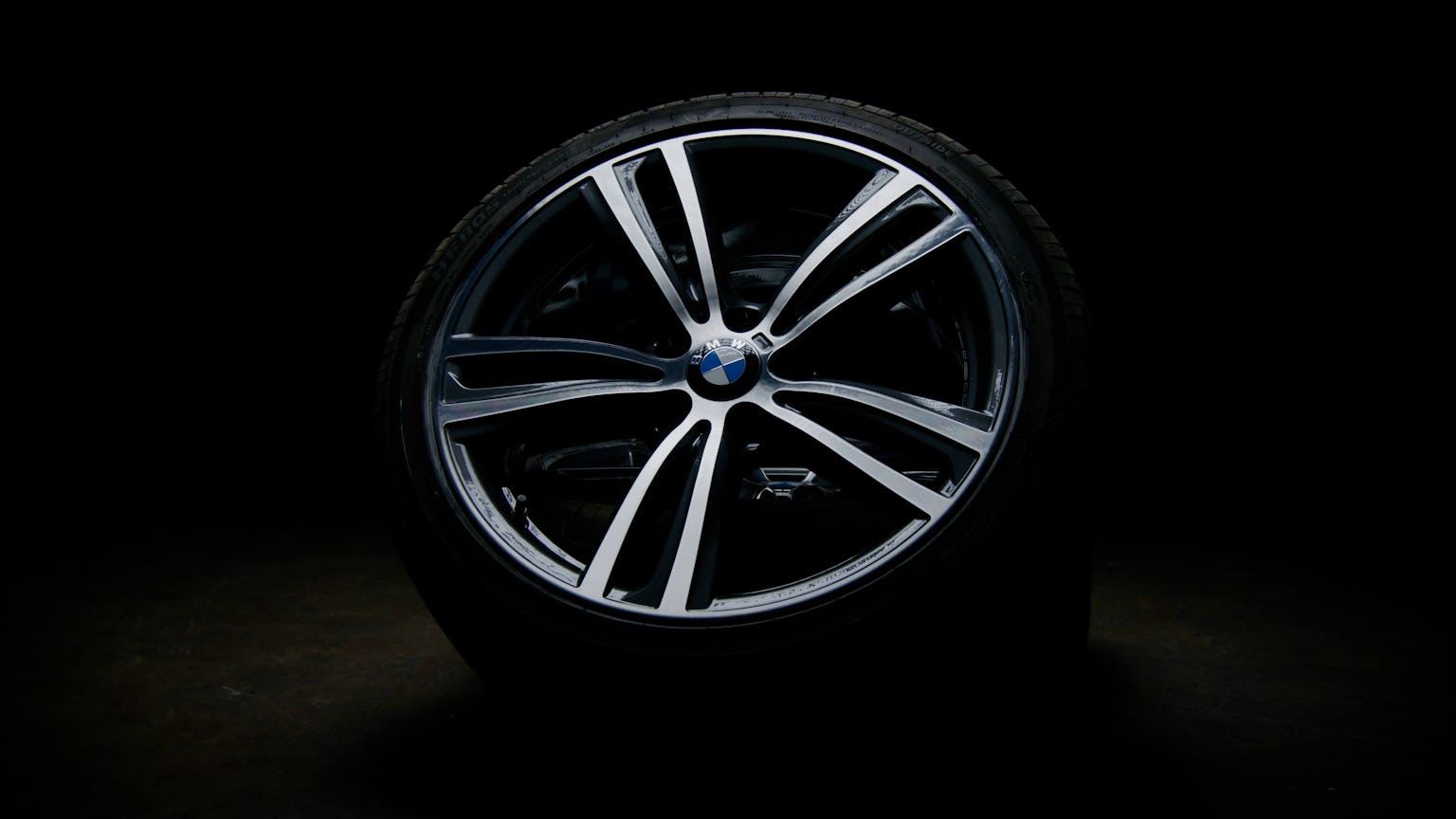
Pros of Diamond Cut Wheels
Diamond-cut alloy wheels bring several benefits. These include:
- Improved heat dissipation
- The ability to personalise your alloy wheels with unique marques
- Lighter weight than traditional steel wheels and more strength
- Enhanced corrosion resistance with properly applied lacquer
- Potential increased resale value in the long run
- Stunning aesthetics, whether wheels are made of aluminium, magnesium, chrome or other metals
Cons of Diamond Cut Wheels
Unfortunately, diamond-cut wheels have various downsides that you should consider. These include:
- The higher cost of manufacturing them compared to conventional wheels and standard alloys
- Their vulnerability to scuffs, scrapes, and other forms of damage
- The regular maintenance requirements to preserve their finish
- The challenges involved in refinishing diamond-cut sections
- The risk of corrosion of the unpainted metal surfaces
- The need to continually re-cut compared to painted wheels
Maintenance and Care of Diamond Cut Wheels
As you might imagine, diamond-cut wheels require careful care and maintenance to keep them in optimal condition. Treating them like ordinary steel wheels can lead to trouble, requiring you to continually re-cut them.
The main maintenance task is to ensure the integrity of the lacquered coating on the diamond-cut sections. Any failures in this barrier and your once-shiny wheels will start to look worse or wear.
Clean the wheels with mild car shampoo and a soft sponge to add shine. We always recommend using a non-acidic alloy wheel cleaner for best results.
Never use harsh chemicals or solvents on diamond-cut wheels. These can dissolve or remove the lacquer and cause the metal to discolour.
Repair of Diamond Cut Alloy Wheels
Professionals like Rolling Rims repair diamond-cut wheels in various ways, depending on the extent of the damage. Sometimes, the problem is rubbed-off lacquer. If this is the issue, technicians blast away the old damaged layers and apply new ones.

If the damage is more extensive, the wheel might need to go back on the lathe. Here, mechanics remove the damaged material to expose new metal before refinishing.
Corrosion build-up is a risk on unmaintained diamond-cut alloy wheels. It can shorten their life and make it impossible to achieve a shiny finish. If too much corrosion or rust requires cutting away, the wheels may lose integrity and require replacement.
Examples of Cars That Come With Diamond cut Alloy Wheels
- BMW 3 Series: BMW equips the 3-Series base model and the M3 performance variant with diamond-cut wheels. The technique gives the wheels a premium look, suitable for the executive vehicle.
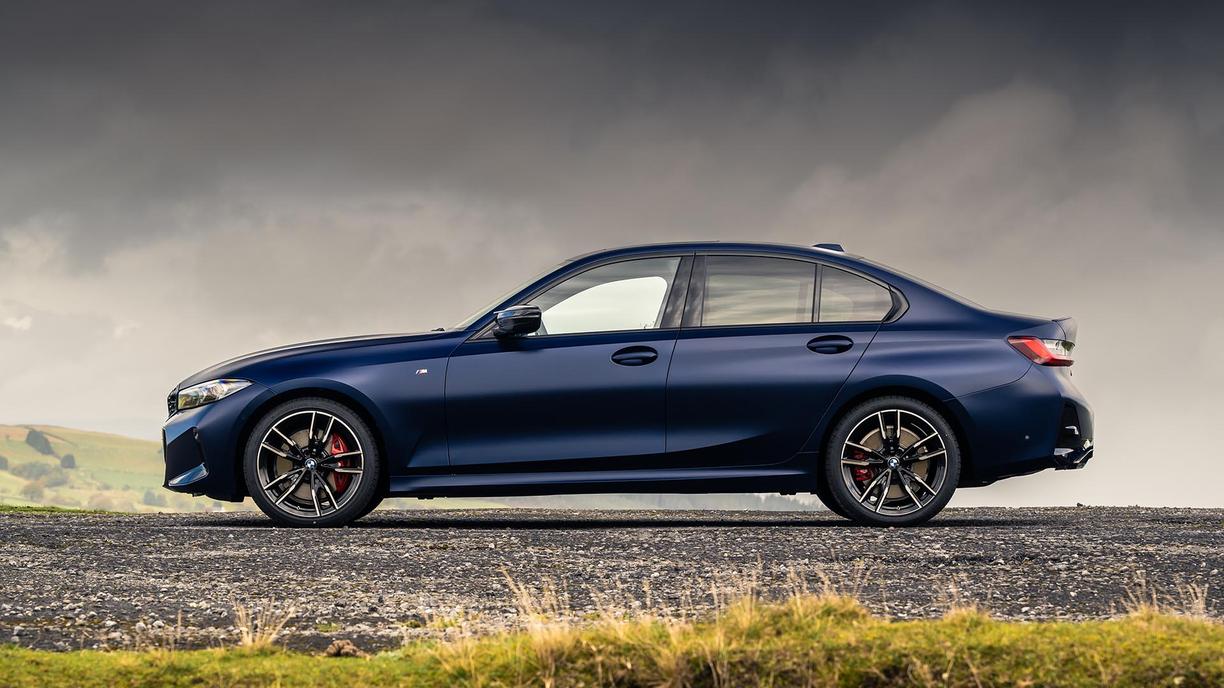
- Audi A4: The Audi A4 is another popular luxury saloon that is available with diamond-cut wheels. The German automaker uses a diamond-cut finish to give the wheels a wedge-like finish that is more dramatic than standard paint coatings.
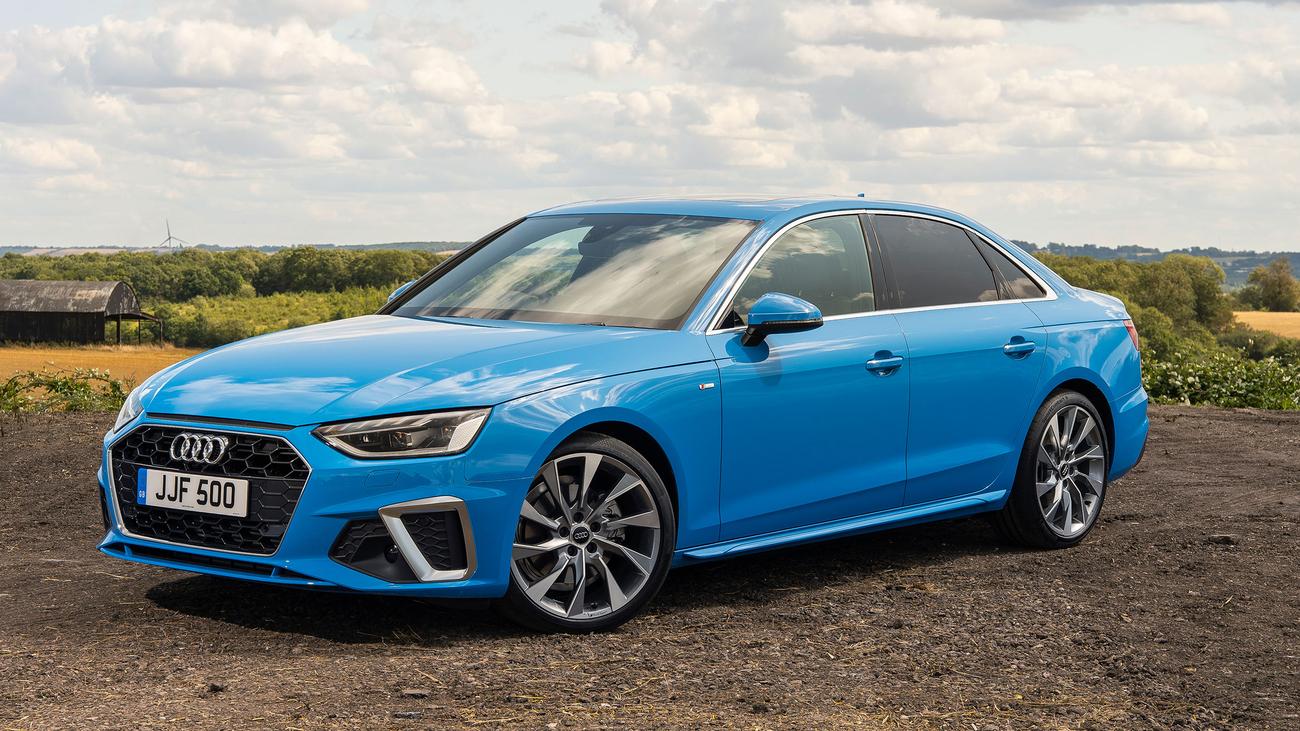
- Mercedes-Benz C-Class: The Mercedes-Benz C-Class now has diamond-cut alloy wheels, bringing the finish to one of the company’s mid-range saloons. It has been expanding the finish to more of its range since the late 2000s.
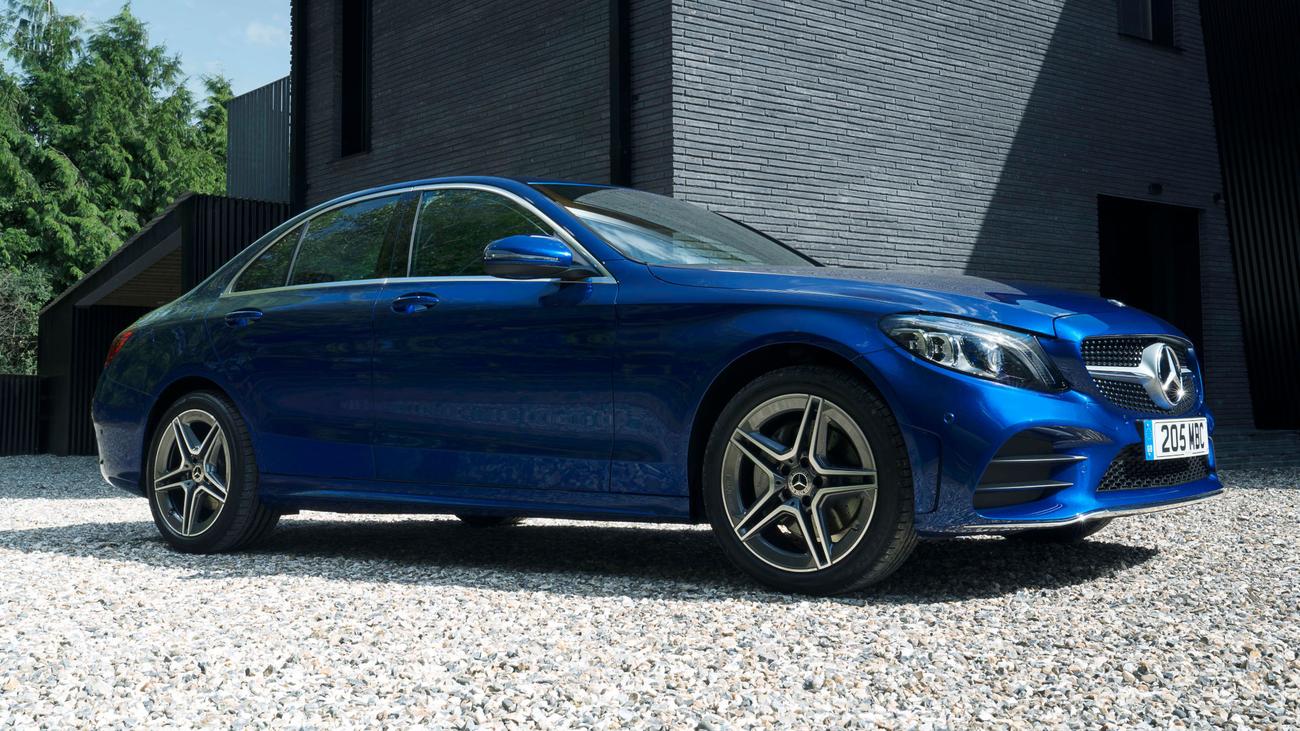
Get your alloy wheels looking like new again with our diamond cutting service.
Powder Coating
Powder coating is a different finishing technique from conventional paint now used on most modern cars that involves spraying alloy wheels with electrostatically charged dry powder. A spray gun adds a charge to the paint particles that causes them to stick to the wheels’ surface in an even distribution before being cured in place.
Powder Coating Process
The powder coating process begins with the dry polymer-based powder mix, usually a mix of pigments, flow modifiers, curing additives and levelling agents. As with other paints, product choice will determine how the final product will look.
Technicians place the alloy wheel on a stand and spray it with the electrostatically charged gun. Charged particles repel each other once on the metal’s surface, creating an even coating.
The curing stage – heating the powder-coating wheels in a kiln oven – causes the powder to melt and stick to the underlying metal. Various additives ensure it bonds tightly to the wheel, reducing the risk of peeling.
Once the curing process finishes, it is time for the finishing phase. Technicians cool the wheels, leaving a smooth, hard finish and applying a clear coat after everything is perfectly set.
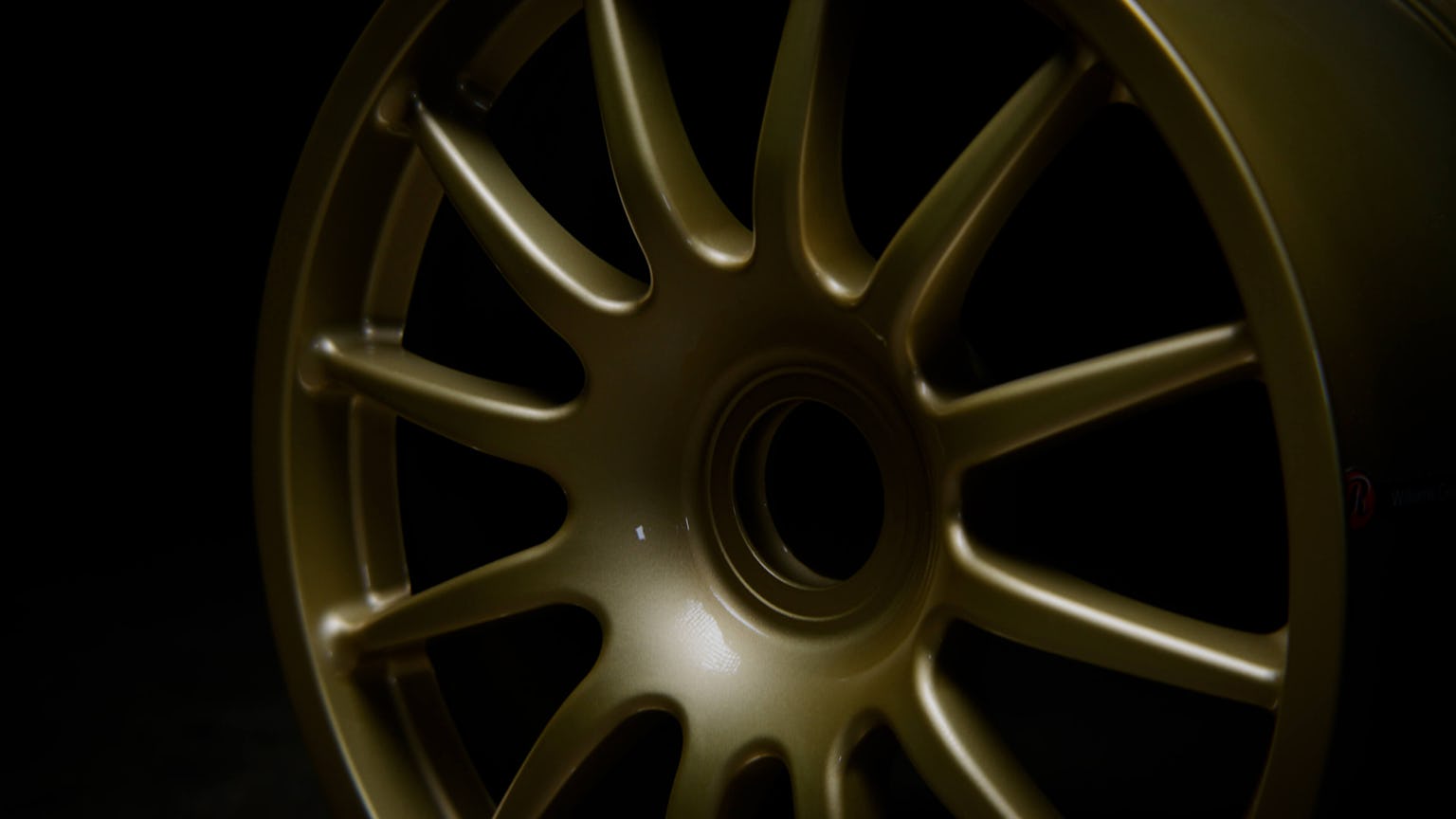
Pros of Powder-Coated Alloy Wheels
Like diamond-cut alloys, powder-cut wheels also offer distinct benefits, including:
- More durable finish and resistance to wear and tear on the road
- Enhanced structural integrity compared to diamond-cut alloy wheels
- Cost-efficiency over the long term (because of the reduced maintenance requirements)
- Improved coverage compared to regular paint due to the electrostatic effects on the dry powder
- Suitable for aluminium, nickel, and magnesium wheels
Cons of Powder-Coated Wheels
However, there are some downsides to powder-coating. These include:
- A tendency for the powder-cut coating to scratch
- Lack of two-tone finishes for dry powder coating
- The inability of touch-up kits to provide a permanent solution
- Requires regular cleaning
Fortunately, you can use powder-cut-coated alloy wheel refurbishment services, like ours, to keep your wheels looking their best. These refresh the paintwork or replace it entirely if required.
Maintenance and care tips for powder-coated alloy wheels
The standard maintenance advice for powder-coated wheels is similar to that for diamond-cut. We recommend wiping them down with warm, soapy water or a soft sponge. If you need to get into the fine grooves, use a soft brush. Don’t use anything acidic or abrasive, as this could damage the delicate paintwork and cause it to chip.
We also suggest waxing powder-coated wheels, just like you would your car’s chassis. Applying a thin layer helps to protect the alloy wheels from environmental damage, like lacquer, protecting against fading and winter grit.
Repair of Powder Coated Alloy Wheels
Repairing a powder coat is considerably simpler than fixing diamond-cut wheel finishes. Professionals can just strip the wheels and apply colour-matched paint.
For more widespread paintwork problems, sanding and repainting may be necessary. Re-priming helps when there is damage to the original base coat.

For more widespread paintwork problems, sanding and repainting may be necessary. Re-priming helps when there is damage to the original base coat.
Examples of Cars That Come With Powder Coated Alloy Wheels
- Porsche 911: The German automaker equips its iconic flagship model with powder-coated alloy wheels to complement the chassis. You can get the 911 in various wheel styles and sizes based on the trim.
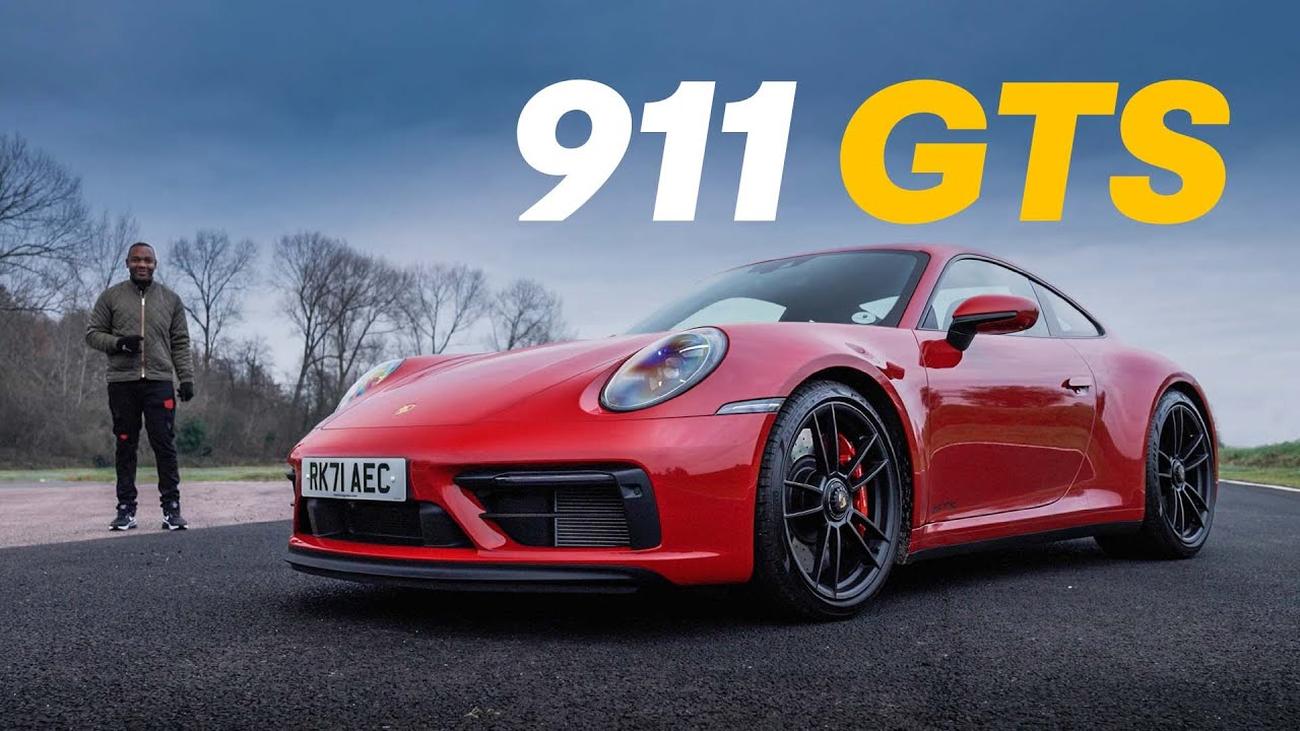
- Tesla Model 3: The Texas-based electric carmaker equips the Model 3 with powder-coated alloy wheels, giving the vehicle a more elegant look on the road (and appealing to the model’s economy-premium customer base).
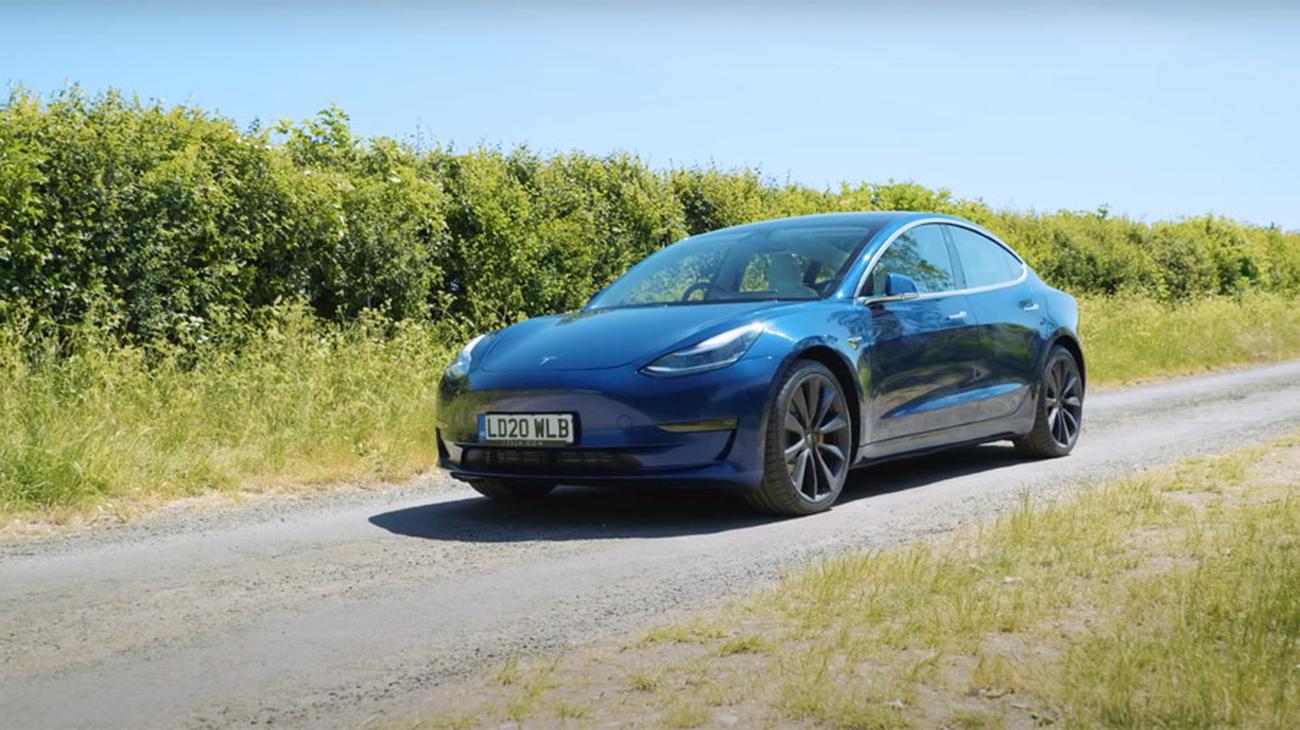
- Seat Leon: The Spanish car company injects style into its flagship hatchback with powder-coated alloys. These bring the vehicle to life and help it compete in a tough market.
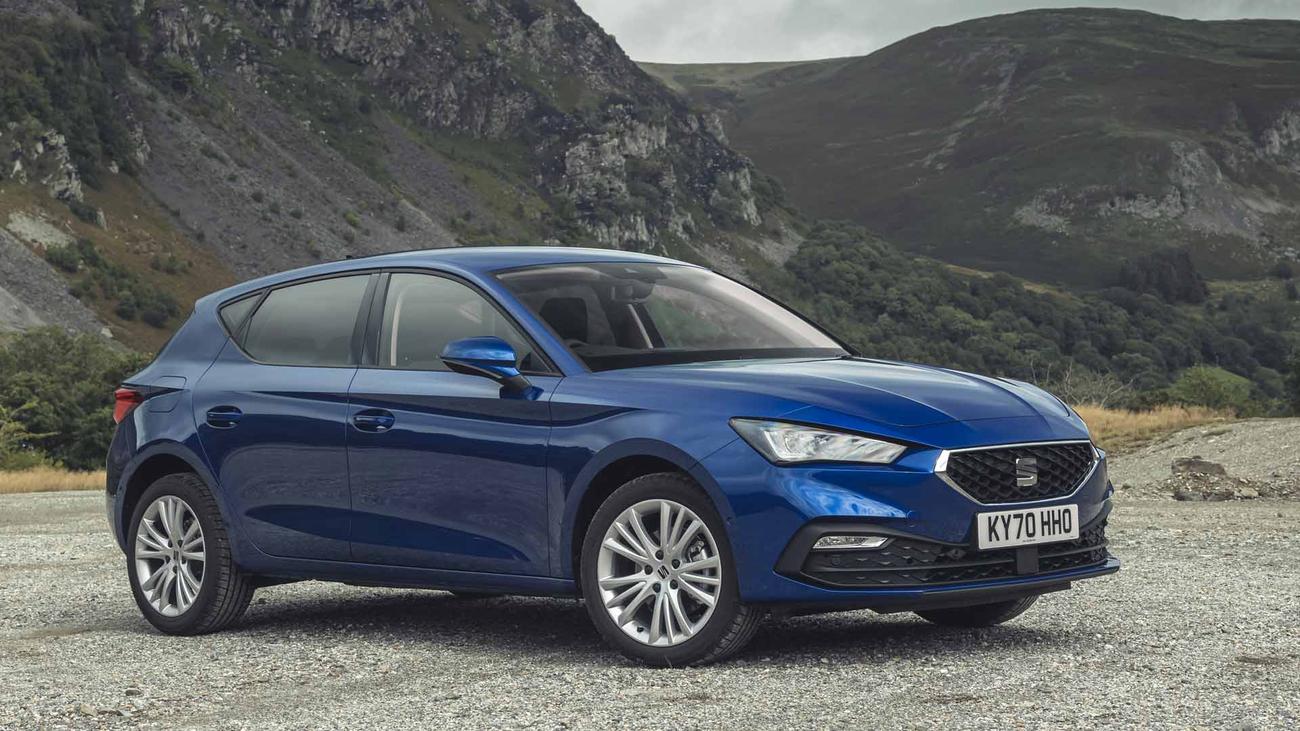
Get your alloy wheels looking like new again with our powder coating service.
Powder Coating & Diamond Cutting Video
The Difference?
Side-by-side comparison of diamond cut and powder-coated alloy wheels
So, what’s the big takeaway here?
The main difference between powder-coated alloys and diamond-cut variants is that the latter has smooth, metallic sections with a shiny, polished finish. While powder-coating looks the same all over, diamond-cut alloys have contrasting elements.
Note that some diamond-cut alloy wheels also have powder-coated sections. For example, you could have a black powder-coated base with diamond-cut spoke tips near the rim. So, it is better to think about powder-coating and diamond-cutting as finishing techniques, not wheel types.
Which Finish Is Right for You?
Factors to consider when deciding on the best option for your needs
Whether you choose diamond-cut or powder-coated alloy wheels comes down to your personal preferences. Both are stellar options for car enthusiasts or anyone who wants a smarter-looking vehicle.
Diamond-cut alloy wheels usually require more maintenance and are more challenging to service than powder-coated alternatives. Maintaining the lacquer and dealing with nicks and scuffs quickly is essential.

Repairing diamond-cut wheels is also more challenging. You need a professional shop with a suitable alloy wheel lathe.
However, despite not being as durable, most people think they look better. With diamond-cut alloys, you get a high-end, shiny finish that’s harder to replicate with a conventional powder coat.
You also have more freedom in wheel designs. Powder coating doesn’t work well for some wheel shapes, but diamond-cutting and lacquering work on almost any segment.

If you're struggling to decide between a powder coat or diamond cut for your alloy wheels, talk to our team. We can advise most customers on various forms of alloy wheel refurbishment and explain how we keep your rims looking their best long-term.
Questions to ask alloy wheel refurbishment service providers
If you’re considering going to a service provider and getting an alloy wheel refurbishment, it is critical to be equipped with the right questions. But what should you ask? Here’s a quick primer:
- Do you have any experience refurbishing my specific type of alloy wheel finish?
- What equipment do you have for refinishing diamond-cut alloy wheels?
- How much do you charge for alloy wheel refurbishments?
- Do you offer any guarantees or warranties on refurbished wheelsets?
- Can I sign up for alloy wheel refurbishment maintenance?
- Is a powder-coat wheelset suitable for my vehicle?
- What is the main difference between a powder coat and a diamond-cut finish?
- Do I need a new clear coat on my wheels?
Conclusion
Recap of the key differences between diamond-cut and powder-coated alloy wheels
Diamond-cutting and powder-coating are two techniques manufacturers apply to finished alloy wheels. Some wheels have one finish, and some have both – it depends on the style.
Generally speaking, most people prefer the aesthetics of alloy wheels with diamond-cut elements. However, powder-coated wheels are more straightforward to maintain.
Final thoughts and recommendations
Ultimately, the wheel type you choose depends on your preferences. Powder-coated wheels still look good (and can go well with specific paint jobs), but diamond-cut options may look better, especially if you drive an executive vehicle.
Whenever you are considering alloy wheel refurbishments, always go into discussions with service providers equipped with questions related to the finish you want. Diamond cut finish and powder coating refinishing services are not the same.
Fortunately, we do both. Get in touch with our team for a quote and to schedule your refinishing service.


